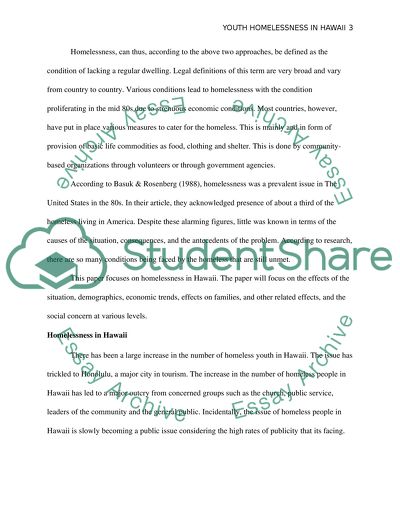Cite this document
(“Youth Homelessness in Hawaii Essay Example | Topics and Well Written Essays - 2000 words”, n.d.)
Retrieved from https://studentshare.org/environmental-studies/1493802-youth-homelessness-in-hawaii
Retrieved from https://studentshare.org/environmental-studies/1493802-youth-homelessness-in-hawaii
(Youth Homelessness in Hawaii Essay Example | Topics and Well Written Essays - 2000 Words)
https://studentshare.org/environmental-studies/1493802-youth-homelessness-in-hawaii.
https://studentshare.org/environmental-studies/1493802-youth-homelessness-in-hawaii.
“Youth Homelessness in Hawaii Essay Example | Topics and Well Written Essays - 2000 Words”, n.d. https://studentshare.org/environmental-studies/1493802-youth-homelessness-in-hawaii.


